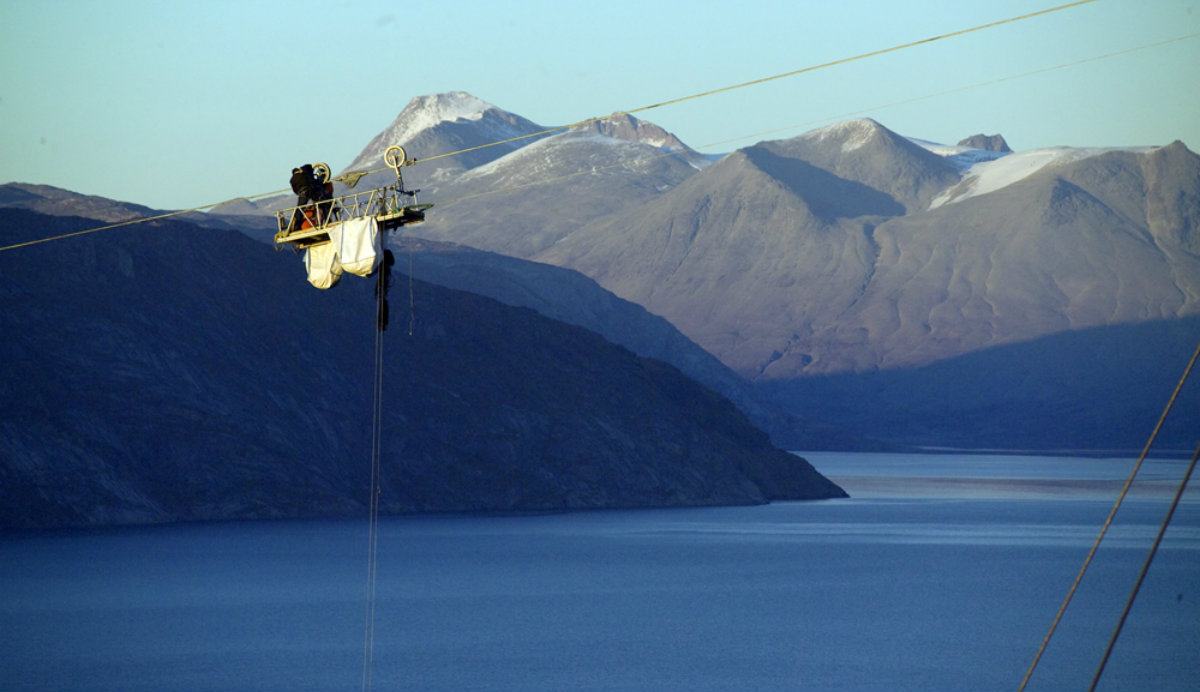Despite the sometimes questionable reputation of the extractive industries, it's possible that mining can contribute to comprehensive sustainable development in the Arctic. Partnerships with host communities can create value for stakeholders and promote inclusive economic growth. In this post by Bath MBA graduate Pernille Moeller, we look at two very different mining projects and examine how their contrasting approaches affected the outcome of their bids.
To most, the Arctic offers a window into the effects of climate change - into what may be described as the trailer to the world’s slowest disaster movie. But the Arctic is about more than melting icecaps and polar bears. It is also home to large indigenous groups who are struggling with poverty and lack of economic opportunity.
Sustainability (as traditionally defined by the Brundtland Commission) is a two-legged beast. We need "development that meets the needs of the present without compromising the ability of future generations to meet their own needs". In theory, economic growth, environmental protection, and social equality will promote each other in sustainable development, but practice can at times prove harder than theory. For the Arctic it may seem there is a certain trade-off between what we think of as international sustainability versus inter-generational justice.
As the world is slowly waking up to the fact that melting ice has real and massive consequences for the rest of the world, the knee-jerk reaction has been to conserve and protect the pristineness of the Arctic. We might define this as international sustainability, ie at least a few places are left untouched in the world. However, conservation tends to only cater to the environmental aspect of sustainability. It rather conveniently forgets about the needs of the present, such as the need for a diversified economy to withstand the increasing pressures from climate change.
Greenland holds significant amounts of natural resources: oil, gas, iron, diamonds, rubies, zinc, hydropower. The list is long and large parts of the island are still only superficially mapped. Mining is likely to be the key that can unlock economic sustainability for the territory. To leverage this sizable potential, foreign expertise and capital is needed. High rewards are often linked to high (operational) risk, and the logistical challenges in Greenland are significant. Infrastructure is lacking at the most basic level: no two towns are linked by road and trained labour is scarce.
To succeed in this challenging, but potentially very rewarding market, requires a particular approach. A comparative analysis of two incoming companies indicates that this success is determined by partnership, social capital and perhaps just something as simple as genuine respect.
The two companies in the analysis were both early to the market, but different in every other respect. The first company, one of the world’s largest producers of aluminum, proposed a £2 billion operation that would take raw aluminum from Africa and ship it to Greenland. There it would make use of the plentiful cheap energy from hydropower for its highly energy-intensive refinement process. The second company had just one other smallish mine in Arctic Canada, their operational model depended on less than 100 people and their product (red rubies) was local and well-known.
On paper, the large multinational seemed so much more capable than the smaller company. It was the smaller company, however, that successfully entered the market, while the multinational’s bid failed. Both companies sought partnership, but did so in significantly different ways. The multinational went in with a state ambassador and negotiated hard for favourable conditions with politicians and high level officials. The smaller project also sought partnerships but on a much more local level. Its strongest advocate in the permit process became the small settlement which now hosts the mine. It also chose to establish a local office early in the process, which enhanced the perceived legitimacy of the project.
Close ties to government can be tricky, not least when you seek to extract natural resources in developing economies. There is risk of corruption, and the reputational risk from that may outweigh the initial benefits. Buy-in from local government certainly helped both projects, however it was the real partnership with the local settlement that secured the smaller company a steady supply of workers and the necessary licence to operate. Time, an essential component of social capital, was a vital ingredient.
Local rumour has it that when the first liaison team from the multinational arrived, there was a major storm. Delays meant a chief executive’s luggage had been lost. Local officials offered to help secure the gentleman a new outfit. However, he refused the offer, as he wasn't intending to stay long enough for a change of clothes to be needed. Looking back, that might have been the moment when everyone should have realised that this was not a partnership worth pursuing.
Extractive industries in highly fragile ecosystems are controversial. Most of us have an urge to protect what little pristine nature is left. However, blocking commercial investment may jeopardize sustainable development, because business – when done well – can be such a powerful tool for inclusive growth and poverty alleviation. This case study shows us how understanding the context in which one plans to operate is crucial to a successful bid. Early explorers to the Arctic learned the hard way how incredibly difficult it is to survive on one’s own in a harsh and unforgiving environment. That is still a relevant lesson for the explorers of today.
About the author
Pernille has spent the last decade working and living in Nuuk Greenland, focusing on issues relating to climate change, international cooperation and inclusive growth. She worked for the Government of Greenland for a number of years in roles including Head of Office for Climate and Energy. She currently runs a social enterprise in East London, also aimed at marrying inclusive growth and prosperity with environmental sustainability. Originally trained as a political scientist, she is a graduate of the Bath MBA.
Image: Construction of transmission cables near Qorlortorsuaq by Nukissiorfiit
Respond



